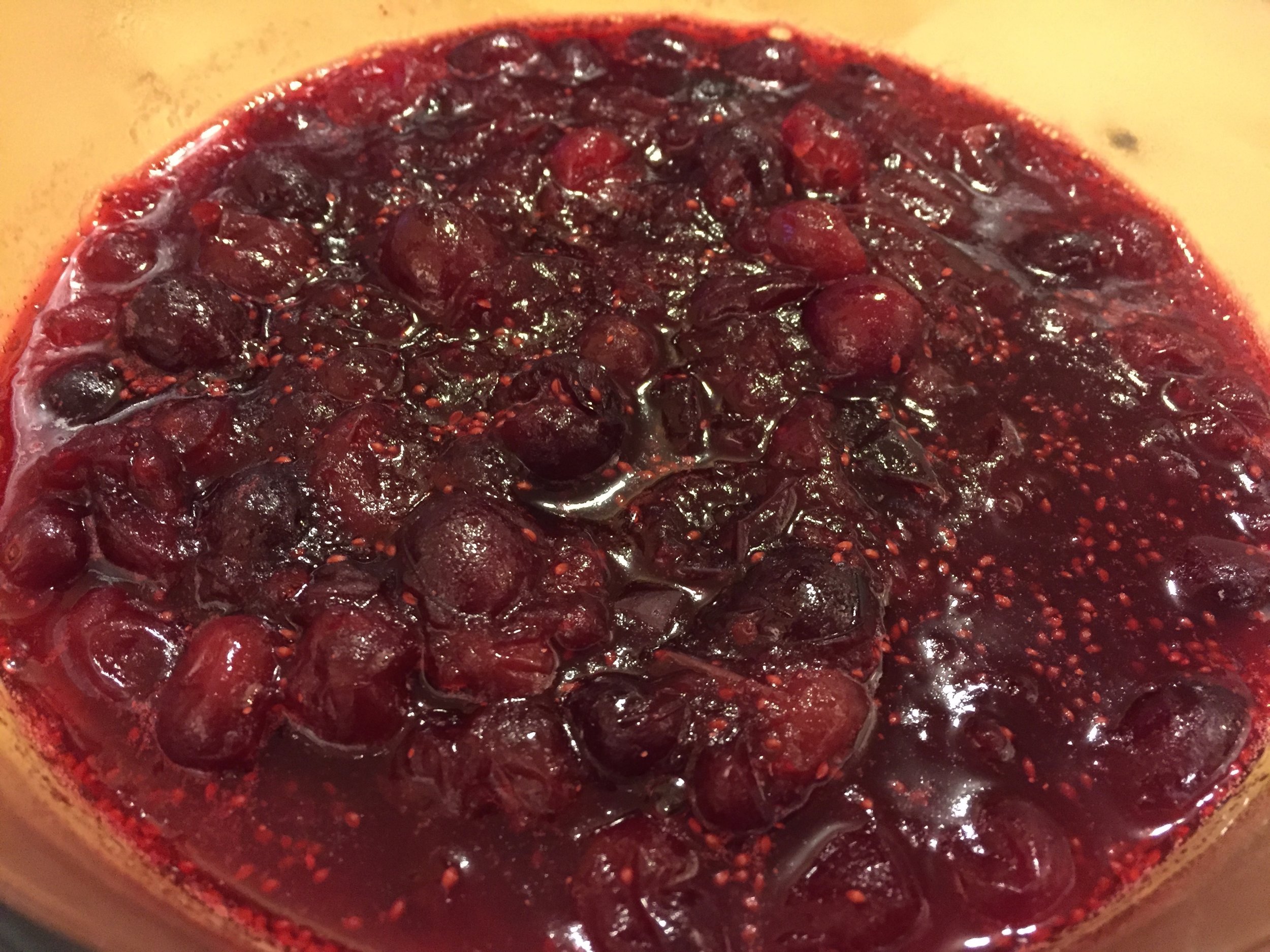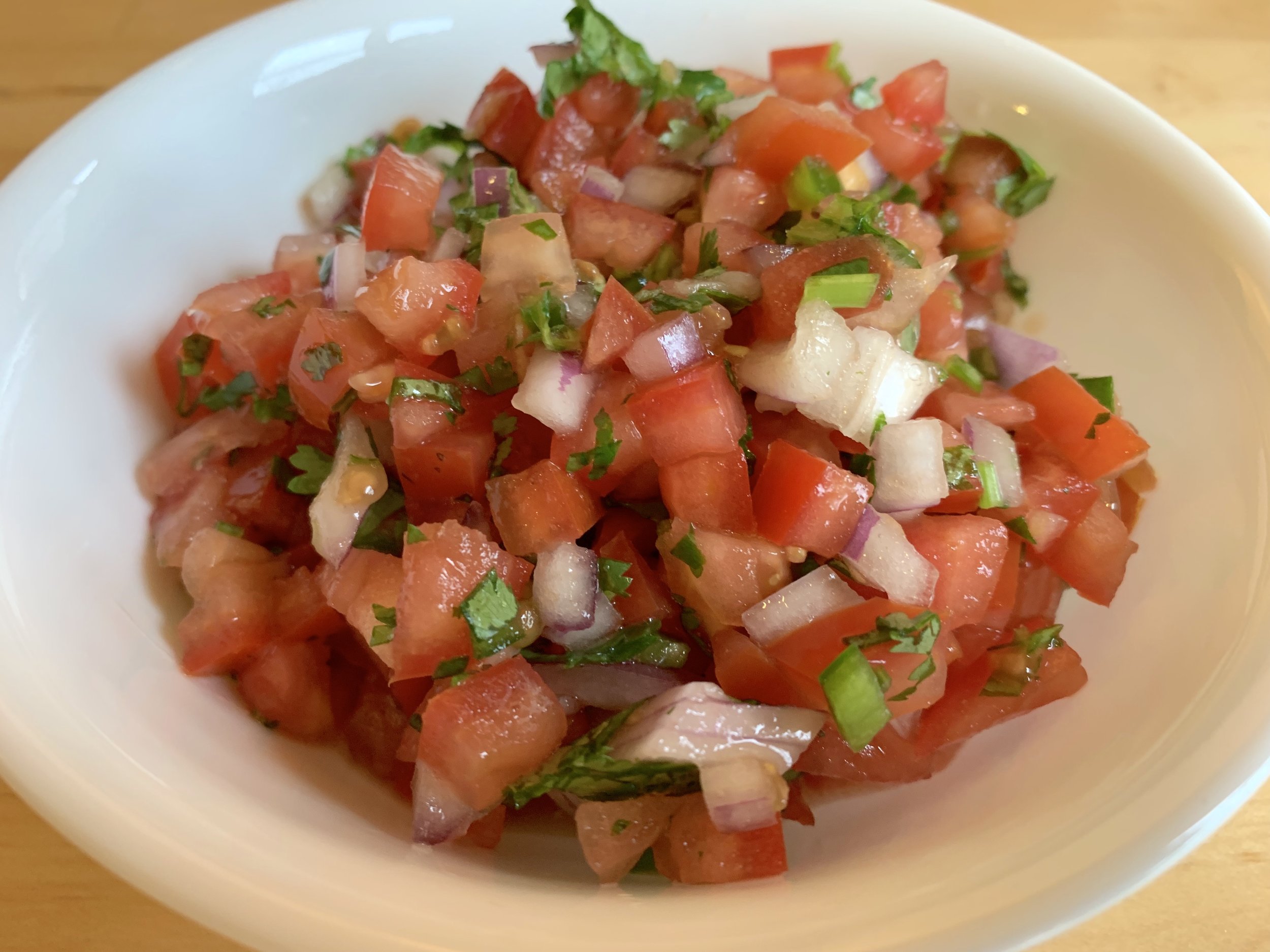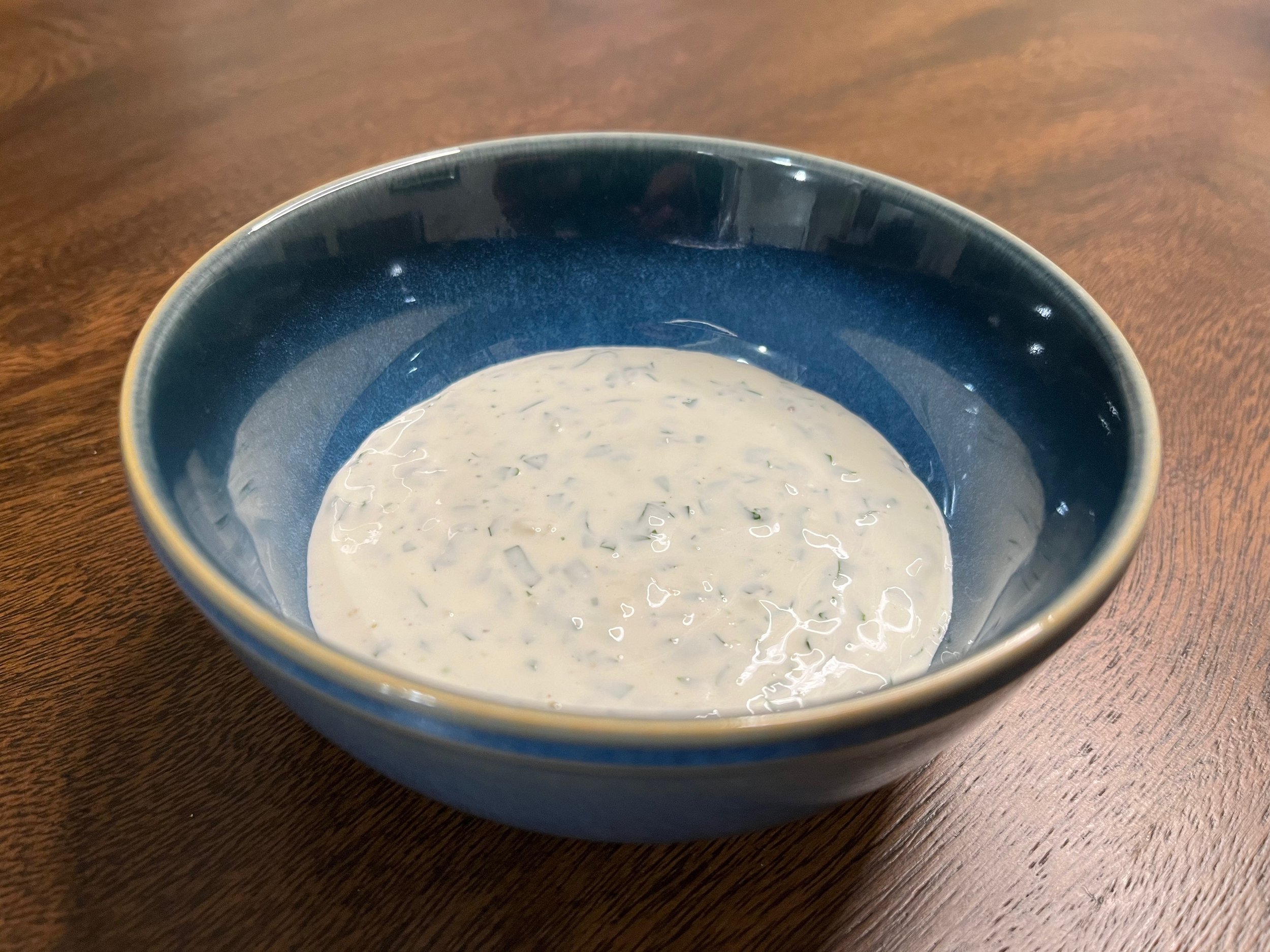Pineapple Salsa

Salsa de Piña
The pineapple is one of the most widely produced tropical fruits in the world. Despite being commonly associated with Hawaii [1], the pineapple is a native of South America. It was likely domesticated in the Paraguay River Basin, and spread to Central America, where it was cultivated by the Maya and the Aztecs in pre-Columbian times.
The pineapple became a symbol of wealth in 16th century Europe, with many wealthy lords commissioning hothouses to attempt to grow the fruit in the cold and dry European climate. Pineapple-shaped cupolas also became an architectural motif, often built on estates to celebrate the successful cultivation of a pineapple [2]. Today, pineapple has found all sorts of culinary applications around the world, from desserts to stews to pizza. One of the common uses of the fruit in the southern Mexican states of Oaxaca and Veracruz is salsa de piña. Pineapple salsa is a bright salsa which pairs well with mild proteins, such as chicken, pork tenderloin, and fish.
Ingredients
2 cups canned or fresh pineapple, diced
1 red onion, diced
1 bunch cilantro, chopped
1 lime
1 jalapeno pepper, minced (optional)
1 tsp salt
You can use either fresh or canned pineapple in this salsa, diced into ¼ to ½ inch pieces. If you’re using canned pineapple, drain the pieces well before adding them to a large mixing bowl. If you’re using fresh pineapple, remove the core, dice the fruit, and soak the pieces in salt water for half an hour. We do this to inactivate the enzyme bromelain, a protease present in pineapple. Proteases break down proteins [3], including those in your mouth, and cause the uncomfortable tingling sensation in the back of the mouth when eating raw pineapple. Cooking the fruit destroys the enzyme, so canned pineapple no longer has active bromelain. While cooking fresh pineapple isn’t the way to go for this dish, we can destroy bromelain in other ways—the high salt concentration will denature the enzyme. Additionally, from a flavor point of view, the salt will enhance the natural sweetness of the fruit.
Dice the red onion into ¼ inch pieces. It’s important that the size of the dice is small and uniform, so you get several pieces of each ingredient in each bite. Give the chopped onions a rinse in cold water, either in a strainer or bowl, to reduce their pungency. Remove the stems of the cilantro and chop the leaves. Remove the seeds from the jalapeño pepper, and finely mince the pepper.
Place the chopped pineapple, onion, cilantro, and jalapeño to a large mixing bowl. Add the juice of the lime, along with 1 teaspoon of salt (unless you did a salt soak, in which case omit it). Mix well, until the ingredients are uniformly distributed. You can serve the salsa immediately, but the flavor will improve if you let the salsa de piña rest before serving.
Substitutions
Orange juice or grapefruit juice can be used instead of the lime juice in this recipe. You can also add diced mango to the salsa.
If you want a spicier salsa, include the jalapeño seeds, increase the number of jalapeños, or use a hotter pepper.
[1] The pineapple was brought to Hawaii for cultivation at the turn of the century, shortly following the annexation of the Kingdom of Hawaii by the United States. Soon, American industrialists set up large pineapple plantations in the islands, including Dole, Del Monte, and the Maui Pineapple Company. These plantations were worked by low-paid East Asian immigrants, primarily from Japan and the Philippines. As labor costs went up in the decades that followed, however, pineapple production moved away from the Hawaiian Islands. Most of the pineapple fields and canning operations have been shut down, with production moving to countries like the Philippines and Costa Rica. In a welcome reversal, the Del Monte brand was recently purchased in its entirety by a Filipino corporation.
[2] The most absurd of these constructions is the “Dunmore Pineapple” on the estate of the Earls of Dunmore in Scotland, a 14 meter high stone pineapple mounted atop a traditional Palladian portico. The building contained a hothouse to grow pineapples.
[3] Bromelain is commercially extracted from the stems of the pineapple plant, and is used as a meat tenderizer.
Recipe
Prep Time: 10 min Cook Time: 0 min Total Time: 10 min
Difficulty: 1/5
Heat Sources: None
Servings: 8
Ingredients
2 cups canned or fresh pineapple, diced
1 red onion, diced
1 bunch cilantro, chopped
1 lime
1 jalapeno pepper, minced (optional)
1 tsp salt
Instructions
1. Dice the pineapple. If using fresh pineapple, soak it in salt water for 30 minutes. Dice the red onion and rinse the chopped onions in cold water, roughly chop the cilantro, and place the ingredients in a large bowl.
2. Deseed and finely mince the jalapeño pepper. Add the minced pepper to the bowl.
3. Add salt and the juice of 1 lime to the bowl, and mix well.









